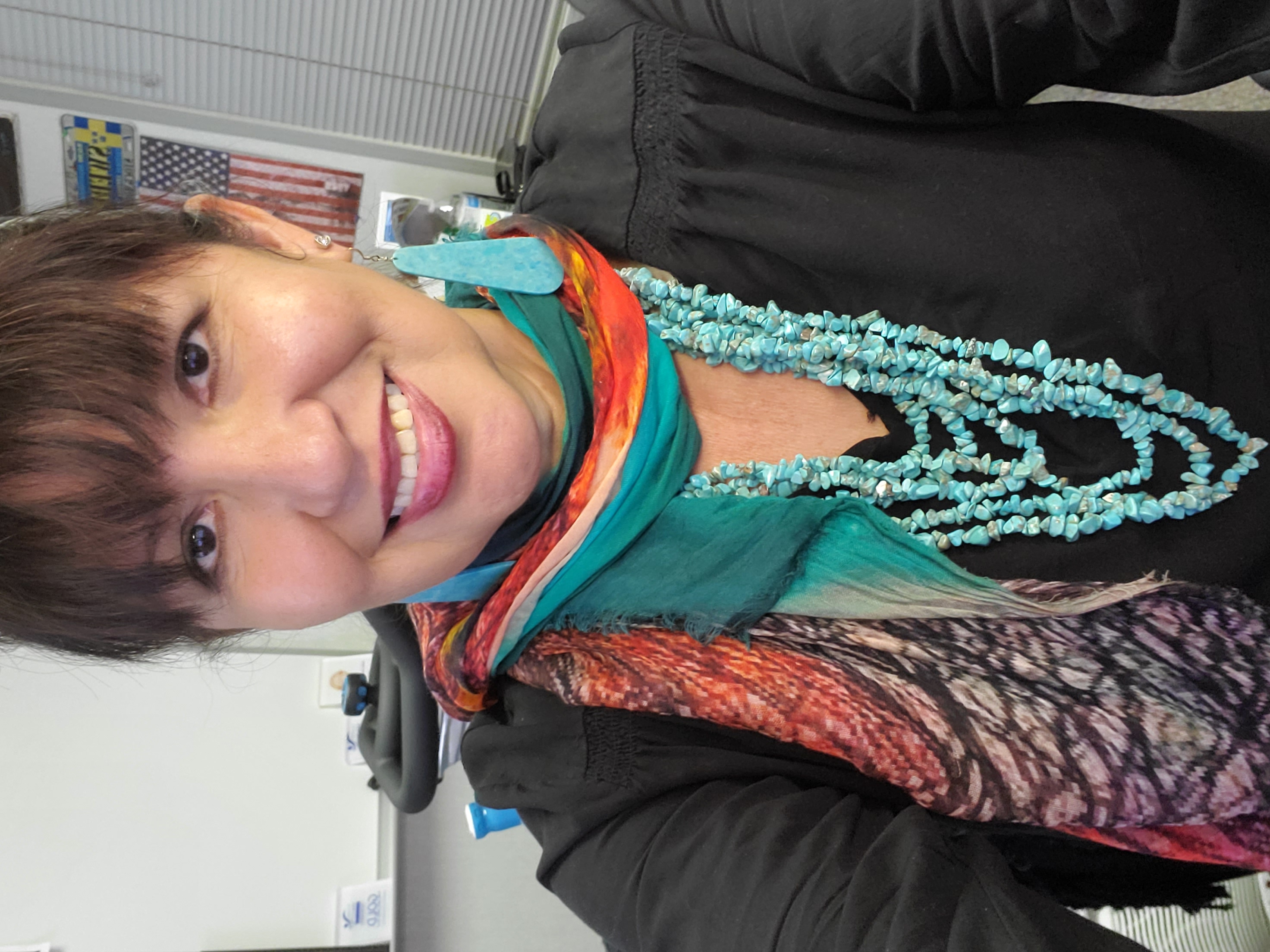During International Overdose Awareness Day, it is crucial to reflect upon the significance of this observance. Today serves as a vital reminder to combat stigma, honor the lives lost to overdose, and enhance our knowledge about this pressing issue. To grasp the complexities surrounding overdose, we must begin by comprehending the terminology that frequently comes into play.
Defining Substances: Illicit, non-illicit, and non-illicit that can become illicit
Substances can be categorized into three groups: illicit, non-illicit, or substances considered non-illicit but become illicit when there is no medical use and sold only on the streets. Illicit substances are illegal and manufactured and sold only on the streets, like cocaine, methamphetamine, and heroin. Non-illicit substances are legal, but when used in excessive amounts become dangerous, like alcohol or over the counter medications. Non-illicit substances that become illicit when there is no medical use or when they are sold on the streets include opioids such as oxycodone, hydrocodone, and fentanyl.
What is an overdose?
An overdose occurs when an individual ingests a harmful amount of one or more substances, inundating the body's capacity to cope. Be it alcohol, over-the-counter medications, prescription drugs, opioids, methamphetamine, cocaine, or a cocktail of various substances, the outcome is the same—an overwhelmed system. An overdose can also occur when a person does not take a medication as prescribed by a primary care provider or as stated in the instructions of the container.
According to the CDC, the age-adjusted rate of drug overdose deaths in the United States surged by over 14% from 2020 to 2021, with Non-Hispanic, American Indian or Alaska Native communities experiencing the highest rates. Furthermore, after adjusting for delays in reporting, CDC provisional data showed an increase by 0.5% for drug overdoses in 2022. During the COVID-19 pandemic, overdose deaths increased by 50% from 2021 to 2019. Some contributing factors included the disruption in access to health care, isolation, loss of jobs, and changes in illicit drug supply.
Recent trends underscore two significant substances linked to the upsurge in overdoses: fentanyl and xylazine. While fentanyl, an opioid used for pain management and prescribed by primary care providers, can be repurposed as a street drug, xylazine—a tranquilizer intended for veterinary use—has found its way into the illicit drug trade. This unlikely coupling, as detected by the CDC, poses unique dangers. Known as "tranq" or "tranq dope" on the streets, xylazine, when misused, can cause severe skin wounds that can lead to amputation. Both fentanyl and xylazine can be used alone as well as mixed with other substances such as methamphetamine, cocaine, and marijuana, resulting in an increased risk of overdose.
Populations vulnerable to overdose include:
- Individuals misusing opioids for purposes other than intended use or not being prescribed by a PCP.
- Individuals who have had a previous drug overdose.
- Individuals who used or abused a substance before and have been abstinent from using for a period of time. The risk is due to reduced tolerance. This could include individuals who were incarcerated and returned to using after being released. It could also include an individual who was in treatment for a period of time and relapsed.
Signs of overdose:
- Unresponsive
- Limp body
- Pinpoint pupils
- Slow or shallow breathing
- Purple or bluish lips or fingernails
- Face can be extremely pale and/or clammy
How to help an individual who has overdosed:
- Attempt to wake the person up – shake them and shout, rub your knuckles on the center of their chest.
- Call 911.
- Check for breathing and give CPR or rescue breathing.
- Stay with the individual until help arrives.
- If an opioid overdose is suspected, administer naloxone, a small, safe, easy to carry device that is prepackaged and ready to use in nasal spray form. Spray half of the naloxone in each nostril and if after five minutes the person is still unresponsive, repeat administering.
Note: Health care facilities or health departments may offer free trainings on how to administer and offer naloxone. It can also be purchased over the counter at local pharmacies.
Harm reduction approach for opioid use
Harm reduction is an evidence-based approach engaging with individuals who use drugs and equipping them with life-saving tools and information to create positive change in their lives. Harm reduction strategies, other than naloxone, for opioid overdose prevention include:
- Fentanyl test strips are test strips used to test illicit drugs for fentanyl and alert people who use drugs that the presence of fentanyl is detected and precautions should be taken.
- Xylazine test strips are test strips used to test illicit drugs for xylazine contamination and alert people who use drugs that the presence of xylazine is detected and precautions should be taken.
- Medication lock boxes are secured containers to limit accessibility for only the prescription holder and is meant to reduce or prevent misuse or overdose from others.
- Drug deactivation and disposal bags are used to permanently destroy and dispose unused or left-over prescription medication.
Harm reduction is an important strategy to save lives. Individuals who use drugs may be afraid to contact 911 or seek medical attention due to fear of criminalization. Also, the Good Samaritan Law protects those that render aid. Each state may have slight variations to the law, so it is important to educate yourself as well as your community at-large about this law.
Related Content:



